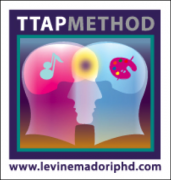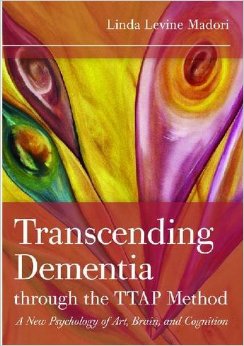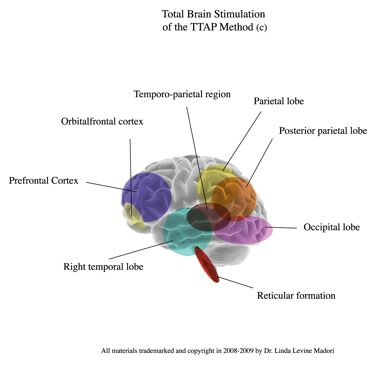This innovative book is a 9-step methodology to actively engage older adults and help preserve their cognitive functioning using this innovative, integrative approach to therapeutic art.
TherapeuticThematic Arts Programming (TTAP) Method will create an enriching valuable manual that effectively meets older adults’ cognitive, emotional, physical, and social needs. With Therapeutic Thematic Arts Programming, older adults explore a broad theme using a range of artistic expressions, including music, dance, poetry, sculpture, and photography. Stimulating multiple areas of brain functioning, the TTAP method promotes creativity and encourages participants to exercise their remaining strengths and abilities.
The approach also increases social interaction with its focus on dynamic group interaction. The TTAP method provides structure to creative art therapies but also encourages flexibility and individualization. Appropriate for working with both well elders and those facing illness or disability, this integrative approach is solidly grounded in brain health research, biopsychology, and humanistic aging theories.
Full of suggestions for themes and activities, for art and recreation therapists and for activity professionals. Its coverage of theories on aging and the benefits of creative art therapy also make it a useful text for students in the fields of therapeutic recreation and aging.
Book Reviews:
“This book brings together decades of innovation and current research in neurobiology to provide scientific grounding for recreational therapy. In addition, Dr. Levine Madori shares her insights and enthusiasm for The Therapeutic Thematic Arts Programming methods she has developed, refined, and tested in her extensive work with older adults.” –Joan Hyde, Ph.D., Senior Fellow, Gerontology Institute University of Massachusetts and Chief Executive Officer Ivy Hall Senior Living
The TTAP Method ™ highlights the concept that music can often stimulate memories in long-term storage where verbal conversation can fail. This seems to be behind her desire to mix art forms into the clearly delineated 9 steps of this methodology. This book, in its examination of the beneficial effects of creative therapy with elderly people and especially with those suffering from Alzheimer’s disease, adds to the growing body of knowledge that the arts connect the body and mind at any age. –Andrew Knights, Professor Trinity College of Music, London. Review in the Journal of International Psychogeriatrics, 2008 Boston
“The underlying tenet of this book is that later life is a time for growth and development and, irrespective of one’s state of well-being, need not be devoid of opportunities for learning and celebration. The book is easy to engage with and a must for anyone using the creative arts in the field of therapeutic recreation.” –Bevan C. Grant, Ph.D., Professor of Sport and Leisure Studies, University of Waikato, New Zealand
“Inherent strengths of the publication include the author’s ability to share her expertise through numerous illustrations and examples; and the pedagogical features of the text – enumeration summaries of key points, figures support key narrative information, chapters are outlined and organized for quick reference and easy reading, and TTAP ideas are clearly presented and may be immediately incorporated into programming. The unique nature of the text is the presentation of creative arts with older adults – two minimized entities. Thus, this text fills a void in our professional literature as well as serving as a useful resource to several audiences.” –Marcia Jean Carter, Re.D., CPRP, CTRS, Associate Professor, Western Illinois University, book review in The American Therapeutic Recreation Journal
“Dr. Madori has provided a significant contribution both to the expressive arts therapy profession, as well as to the field of gerontology. Her perspective is based on a wellness model, a refreshing approach both to understanding the experience of aging and to the application of the expressive arts with older adults. Another especially thoughtful and helpful aspect of the TTAP method is its ability to encourage in-depth, long-term arts experiences rather than brief, perhaps more superficial, forms of engagement. I highly recommend this book for art therapists who work with older adults, as well as those who aspire to include other arts disciplines in their practices.” –Dr. Madeline Rugh, ATR-BC, book review in The American Art Therapy Journal




